10 Injuries might happen to you
- July 10, 2013
- URAH Singapore
- 0 Comments
There are hundreds of different sports injuries, but there are certain parts of the body that are more prone to damage than others. In fact, the top three categories comprise more than 80% of all sports injuries. Read on to find out which injuries are most common, as well as ways to prevent and treat these ailments.
Number 10
Achilles tendinitis
When the tendon at the back of the ankle -- the Achilles tendon -- is overused, inflammation and pain can occur, which is known as acute Achilles tendinitis. If this condition is left untreated, it can become chronic and the injury can worsen until it becomes impossible to run. Achilles tendinitis is most common among runners and athletes who participate in sports that involve running or jumping.
Prevention and treatment: Stretching and strengthening exercises for the calf muscles can help prevent injury to the Achilles tendon. Rest, ice, compression, and elevation (RICE), an anti-inflammatory medication, and strengthening your calf muscles are your best treatment options. Do not resume sports until the injury is completely healed or it may become a chronic condition.
Number 9
Concussion
A concussion is an injury to the brain that is usually the result of a blow to the head. Symptoms include disorientation, vision disturbance, headache, dizziness, amnesia, loss of balance, difficulty concentrating, and nausea. A concussion does not necessarily involve a loss of consciousness. Concussions are most common in contact sports, such as football, boxing, hockey, and soccer. However, they also occur in sports like skiing and gymnastics. While most people return to normal a few weeks or months after a concussion, multiple concussions can cause permanent damage.
Prevention and treatment: The best way to prevent concussion is to avoid contact sports, but that may not be a viable option for many people. Treating a concussion simply involves resting, although you can take acetaminophen (Tylenol) if you have a headache. Depending on the severity of your concussion, you will have to refrain from playing contact sports for a few hours to a few months. Returning to play too quickly could result in second impact syndrome, a potentially fatal condition.
Number 8
Groin strain
A strained groin or adductor muscles -- the fan-like muscles situated in the upper thigh that serve to pull the legs together -- usually happens when you suddenly change directions while running, such as in soccer, hockey, basketball, racket sports, football, and volleyball. Symptoms include sharp pain, swelling and sometimes even bruising on the inside of the thigh.
Prevention and treatment: As with most sports injuries, the best way to prevent a groin pull is to stretch properly before exercising. Also, gradually increasing the intensity of the activity rather than jumping into the activity too quickly may help prevent injury, and strengthening the groin muscles can be helpful too. RICE, combined with anti-inflammatory medications, is the best treatment plan. Don't do anything too strenuous for a week or two after the injury, and when you do resume exercising, apply ice to the affected area after your workout until healed. When you are feeling better, start a stretching and strengthening program
Number 7
Shin Splints
Shin splints refer to pain on the inner side of the shinbone caused by inflammation of the muscles that surround it. They often affect people who aren't used to exercising; they can be caused by increasing the intensity of your workout too fast, wearing worn-out shoes or by jumping or running on hard ground.
Prevention and treatment: Wearing good shoes, cross training, stretching, and not increasing workout intensity too quickly are the best preventive measures. As for treatment, ice, stretching and anti-inflammatory medications are your best bets.
Number 6
Lower Back Pain
Although lower-back pain is much less common among athletes than among sedentary and overweight people, it can affect runners, cyclists, golfers, tennis, and baseball players. While there are many types of lower-back pain -- bulging discs, back spasms, and pain reaching down the leg from the lower back, known as sciatica -- the most common reason for sports-related back pain is simply improper stretching. In the case of runners, having even the slightest discrepancy in leg length can cause back pain.
Prevention and treatment: Although some lower-back injuries cannot be prevented, warming up properly before exercising will greatly reduce your risk of injury. While bulging discs and sciatica require fast medical treatment, you can treat a simple muscle pull or back spasm yourself with RICE, anti-inflammatory medication and stretching. Runners with a difference in leg length can get orthotic lifts from a podiatrist to correct the problem.
Number 5
Pulled Muscle
Not warming up properly, fatigue, lack of flexibility, and weakness can cause all types of athletes to pull a muscle. The most commonly pulled muscles are hamstrings (especially in sports involving running, such as jogging, basketball and soccer) and calves (particularly in older tennis players). The hamstrings are the muscles behind your thighs; pulling them is painful and can even cause bruising. While these are the most common, you can pull many different muscles depending on the sport you are performing.
Prevention and treatment: The best way to prevent pulling a muscle is to stretch properly before and after exercising, and avoid working out when you are fatigued and weak. As with most injuries, RICE and anti-inflammatory drugs are helpful, as well as gentle stretches. When the injury has begun to heal, you can begin exercising again, but stop every so often during your workout to stretch until you are completely healed.
Number 4
Tennis Or Golf Elbow
Elbow injuries account for 7% of all sports injuries. Tennis elbow consists of tendon degeneration in the elbow due to repeated backhand strokes in tennis. It causes pain on the outside of the elbow. Golf elbow, on the other hand, usually affects the inside of the elbow, although it can sometimes attack the outside. The pain experienced is a result of an inflammation of the epicondyle, the area on the inside of the elbow where the forearm-flexing muscles attach to the upper arm.
Prevention and treatment: The best way to prevent these ailments is to perform forearm-strengthening exercises, such as wrist curls, reverse wrist curls and squeezing a soft rubber ball. Also, improving your swing technique and wearing an elbow brace can be very helpful. Treatment can be as simple as RICE and anti-inflammatory medications, but in some cases physiotherapy and a prolonged break from the sport may be necessary.
Number 3
Ankle sprain
Ankle sprains are very common among soccer, hockey, basketball, and volleyball players. They are almost inevitable in sports that involve jumping, running and turning quickly; these movements can lead to twisting the ankle and even possibly tearing a tendon or ligament. An X-ray can rule out the possibility of a fracture.
Prevention and treatment: Strengthening your ankles by doing exercises such as ankle lifts on stairs, as well as taping the ankle or wearing a lace-up brace can help, but these measures in no way guarantee that you won't be injured if you fall hard or make a false movement. Treat an ankle sprain with RICE and anti-inflammatory drugs, but don't rest it excessively for more than a day. To help your ankle heal faster, you should try to move your ankle gently to get the circulation going and reduce swelling.
Number 2
Shoulder injury
About 20% of sports injuries involve the shoulder, including dislocations, sprains and strains. Shoulder injuries are most common in tennis, swimming, weightlifting, baseball, and volleyball -- basically, any sport that involves a lot of overhead movement. These problems are generally due to overuse, which loosens the rotator cuff -- the group of tendons and muscles that surround the shoulder. Symptoms include pain, stiffness, and weakness and slipping in the shoulder.
Prevention and treatment: To prevent shoulder injuries -- which often occur when you haven't been using your shoulder muscles for a while, such as during your baseball league's off-season -- be sure to strengthen your muscles through weight training before the season begins. If you do injure yourself, RICE and an anti-inflammatory medication are your best treatment options.
Number 1
Runner's knee
Knee injuries comprise about 55% of all sports injuries and approximately one-fourth of all problems treated by orthopedic surgeons. Although torn ligaments and cartilage are the most common injuries, many knee problems are grouped into the category of "runner's knee," which includes a variety of aches and pains related to the kneecap. Runners are not the only victims of such injuries; they also strike cyclists, swimmers, people who practice step aerobics, and football, basketball, and volleyball players. Runner's knee occurs when overuse leads to irritation of the tendon below the kneecap or when the region underneath the kneecap is worn or afflicted with arthritis.
Prevention and treatment: Replace shoes and insoles regularly; choose a softer running surface such as an indoor track rather than hard pavement; strengthen your quadriceps through weight training; take more rest days between workouts; and cross train to prevent overuse. If you injure your knee, don't exercise for at least two days and take an anti-inflammatory medication. When you resume your workout, make sure to warm up properly and apply ice to your knee for about 20 minutes afterward.
Prevention is key
Many sports injuries are due to an improper warm-up or stretching routine or because the level of intensity of the workout was increased too quickly. Therefore, the best way to avoid sports injuries that can keep you out of the game for weeks or months is to stretch adequately before and after your workout, and to pace yourself according to your level of skill and experience in the sport.
Click here to Check How to Use Urah Products
Click here to Check the Quality of your Glucosamine Product before use
Beware of False Product Claims : Click Here >>
Click here to View Results of Self-Assessment by Patients



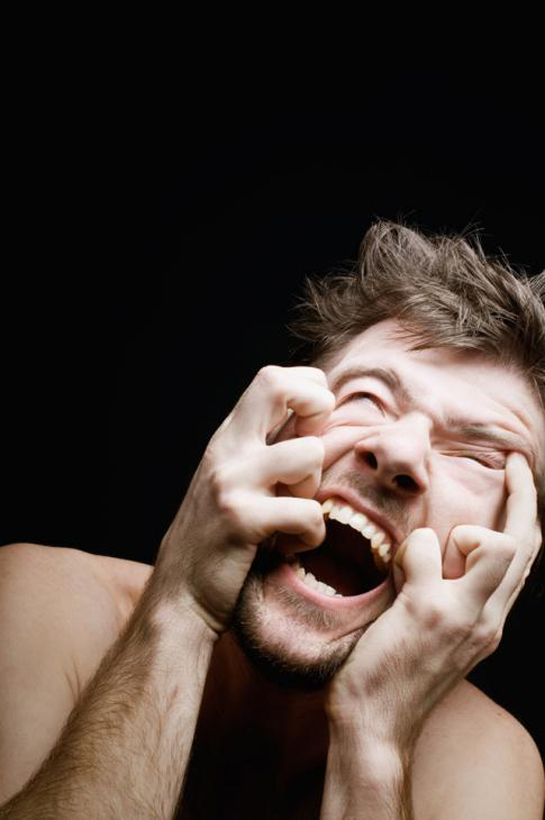
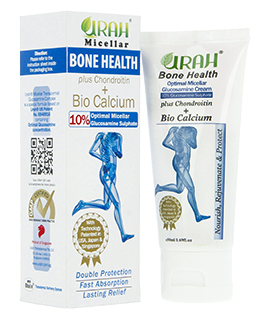
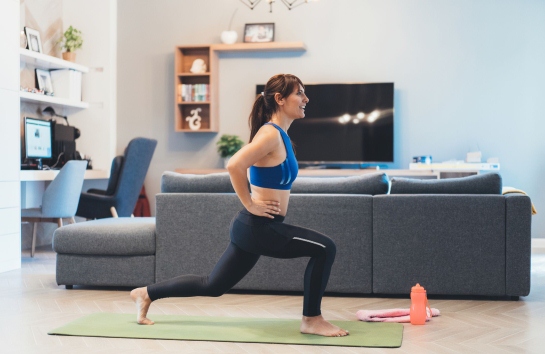
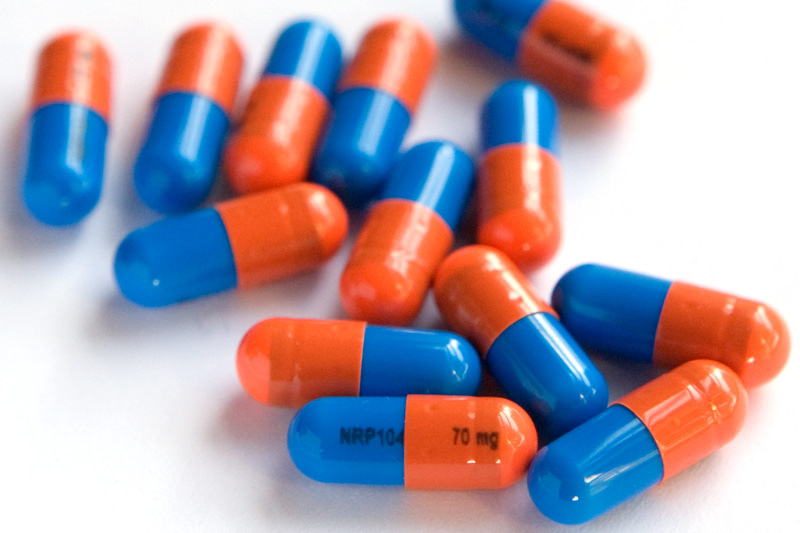
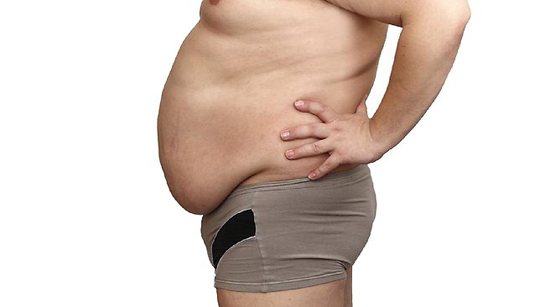
No comment yet